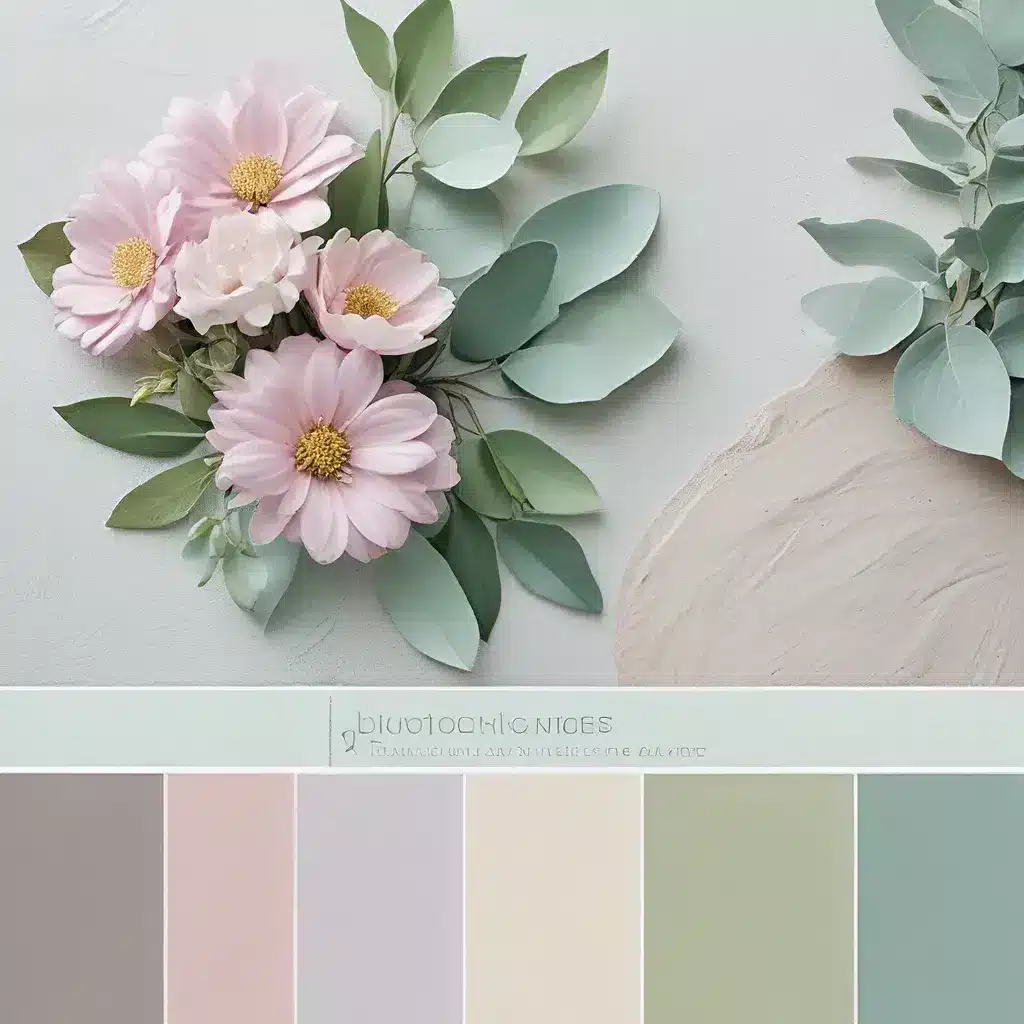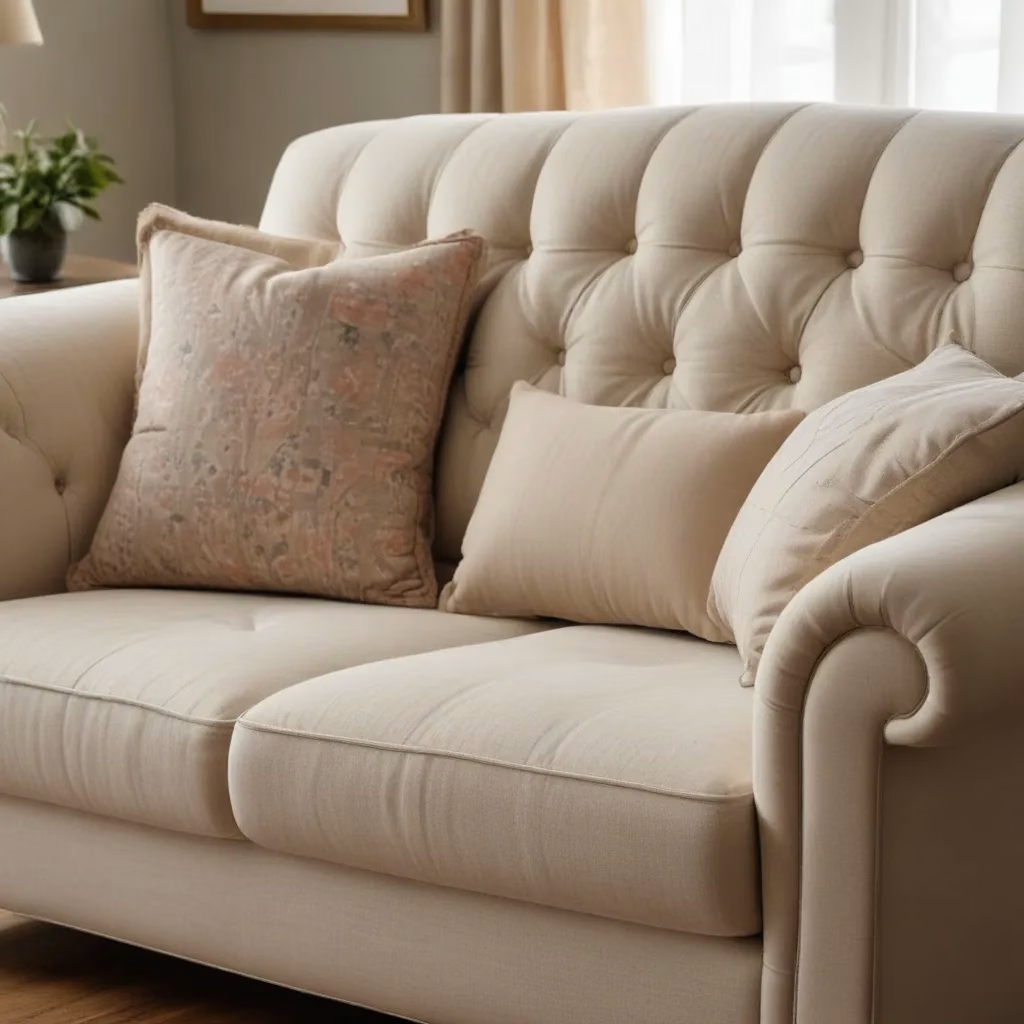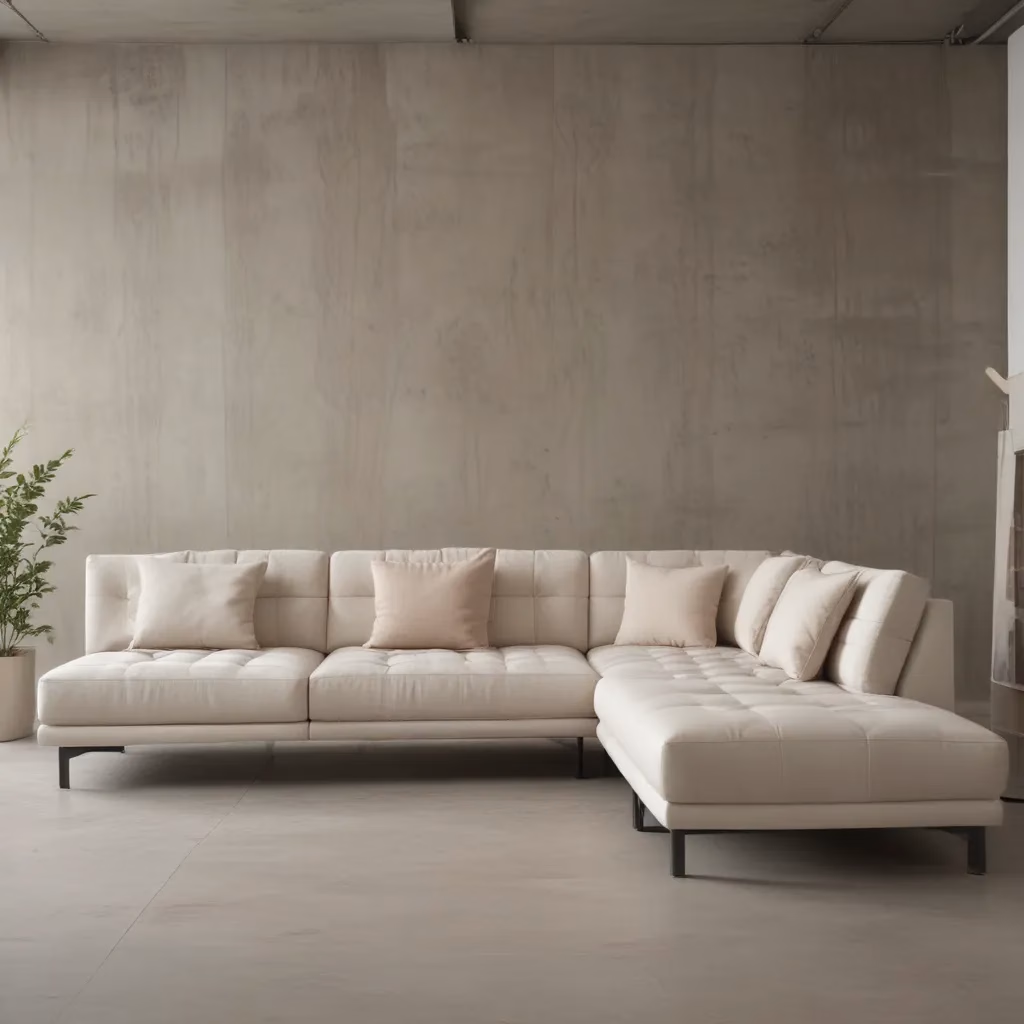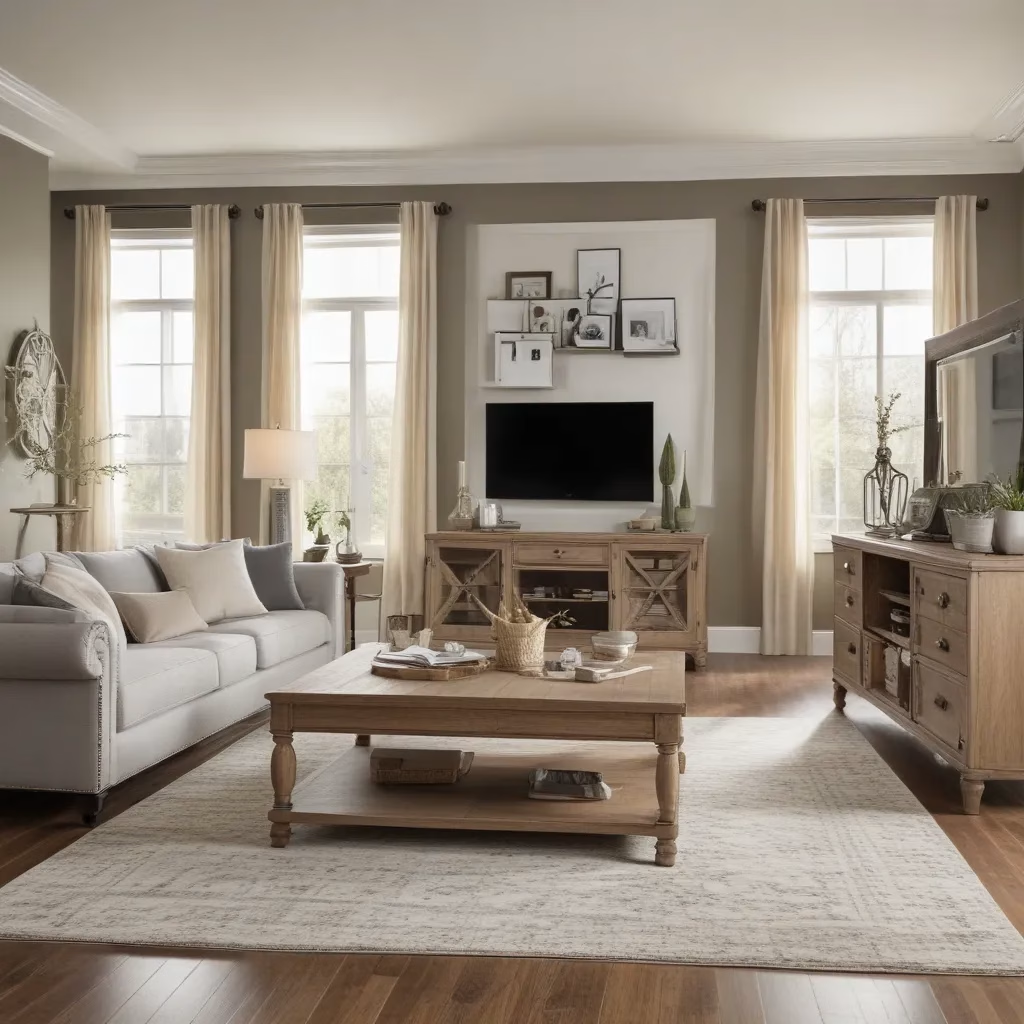
As a sofa enthusiast and self-proclaimed color connoisseur, I’ve always been fascinated by the power of hues to transform the ambiance of a space. When it comes to creating a soothing, relaxing environment, I firmly believe that the right color palette can work wonders. That’s why I’m thrilled to share with you my insights on harmonious color combinations that can help you achieve a serene, calming oasis in your home.
Unlock the Secrets of Analogous Color Schemes
If there’s one color combination that truly captivates me, it’s the analogous palette. These delightful next-door neighbors on the color wheel have a unique way of blending seamlessly, creating a sense of harmony that’s simply mesmerizing. It’s like watching a sunset slowly fade into the night sky – the transition is so smooth and effortless, it’s almost hypnotic.
But you know what they say, “all that glitters is not gold.” While analogous color schemes are undoubtedly stunning, there’s a fine line between achieving that perfect balance and ending up with a muddled, indistinct mess. That’s why it’s crucial to understand the nuances of this color-matching magic.
Finding the Perfect Balance: Dominant, Supporting, and Accent Hues
One of the key principles to mastering analogous color combinations is the concept of the 60-30-10 rule. This simple guideline suggests that you should designate 60% of your design to the dominant color, 30% to the supporting hue, and 10% to the accent shade. This strategic placement helps to create a visually harmonious and balanced look, without any single color overpowering the others.
Now, I know what you’re thinking – “But Rebecca, what if I want to stray from the traditional 60-30-10 rule?” Well, my friends, that’s the beauty of color theory – it’s not a one-size-fits-all approach. While the 60-30-10 guideline is a fantastic starting point, feel free to experiment and find the perfect ratios that speak to your personal style and the desired atmosphere.
Unlocking the Magic of Tints, Tones, and Shades
But wait, there’s more! To truly elevate your analogous color scheme, you need to master the art of tints, tones, and shades. These subtle variations on your core hues can add depth, dimension, and visual interest to your design.
Tints, created by adding white to a color, result in softer, more delicate versions of your original shades. Tones, on the other hand, are achieved by incorporating gray, giving your colors a more muted, subdued appearance. And let’s not forget about shades, which are produced by adding black, resulting in deeper, richer tones.
By incorporating a blend of tints, tones, and shades within your analogous palette, you can create a stunning, layered effect that transforms your space into a true oasis of tranquility. Imagine a soothing blue-green-green scheme, where the teal dominates, the sage supports, and the mint accents – it’s a symphony of serenity that’s sure to captivate the senses.
Unlock the Secrets of Nature’s Palette
Now, if you’re anything like me, you’re probably wondering, “Where do I even begin when it comes to choosing the perfect analogous colors?” Well, my friends, the answer is simpler than you might think – just look to nature.
Think about it – the blues of a tranquil lake, the greens of a lush forest, the purples of a lavender field – nature has a way of seamlessly blending hues in a way that’s both visually stunning and emotionally soothing. By taking inspiration from these natural color harmonies, you can create a space that feels like a serene oasis, a true haven of relaxation.
Balancing Design Elements for Harmonious Interiors
But color alone is not the be-all and end-all of creating a harmonious space. As a design enthusiast, I firmly believe that balance is key – it’s not just about the hues you choose, but how you integrate them with other design elements.
Think about it – a room with a perfectly chosen analogous palette, but with clashing furniture shapes and textures, is like a symphony with one instrument out of tune. To achieve true harmony, you need to consider the lines, shapes, and textures that complement your color scheme.
For example, a blue-green-green palette might pair beautifully with soft, organic shapes and natural materials like Sofa Spectacular’s handcrafted sofas. The curves and natural grain of the wood or upholstery would echo the fluidity of the color scheme, creating a seamless, soothing ambiance.
Explore the Psychological Impact of Color
But the true magic of color doesn’t just lie in its aesthetic appeal – it’s also deeply rooted in psychology. Different color families evoke distinct emotional responses, and understanding these associations can help you create spaces that truly resonate with your well-being.
Warm colors, like reds, oranges, and yellows, are often associated with energy, passion, and creativity. They can stimulate the senses and create a sense of vibrancy. On the other hand, cool colors, such as blues, greens, and purples, are known for their calming and soothing effects, promoting feelings of tranquility and relaxation.
By strategically incorporating these color associations into your design, you can tailor your space to suit your specific needs and preferences. If you’re looking to create a cozy, intimate living room, a red-orange-yellow analogous scheme might be just the ticket. But if you’re seeking a serene, spa-like atmosphere in your bedroom, a blue-green-teal palette could be the perfect solution.
Embracing the Power of Neutrals
Now, I know what you’re thinking – “But Rebecca, what about neutrals? Don’t they just fade into the background?” Well, my friends, that couldn’t be further from the truth. Neutrals are the unsung heroes of the color world, and they can play a pivotal role in elevating your analogous color scheme.
Think about it – a room adorned in a stunning blue-green-green palette, with pops of beige and gray accents, creates a sense of balance and sophistication that’s simply undeniable. The neutrals act as a calming foundation, allowing the core analogous hues to truly shine.
And the best part? Neutrals are like a blank canvas, waiting to be transformed by your personal style and preferences. From the warm, inviting tones of taupe to the cool, modern allure of charcoal, there’s a neutral for every design aesthetic. So don’t be afraid to mix, match, and experiment – the possibilities are endless!
Unleashing Your Creativity: Inspiration and Experimentation
Now that you’ve got a solid understanding of the power of analogous color schemes and the role of tints, tones, and shades, it’s time to let your creative juices flow. Start by exploring the world around you – observe the colors in nature, study the hues used in your favorite interior design magazines, and experiment with different fabric and furniture combinations.
And remember, the journey is just as important as the destination. Embrace the process of trial and error, and don’t be afraid to step outside your comfort zone. After all, the most captivating spaces are often born from a willingness to take risks and push the boundaries of traditional design.
Who knows, you might just stumble upon the perfect blue-green-teal combination that transforms your living room into a serene oasis, or the lavender-purple-violet palette that turns your bedroom into a dreamy retreat. The possibilities are endless, and the joy is in the discovery.
So, my fellow color enthusiasts, let’s embark on this exciting journey together. Unlock the secrets of harmonious hues, embrace the power of tints, tones, and shades, and let your creativity soar. After all, a well-designed space is not just a feast for the eyes – it’s a sanctuary for the soul.



